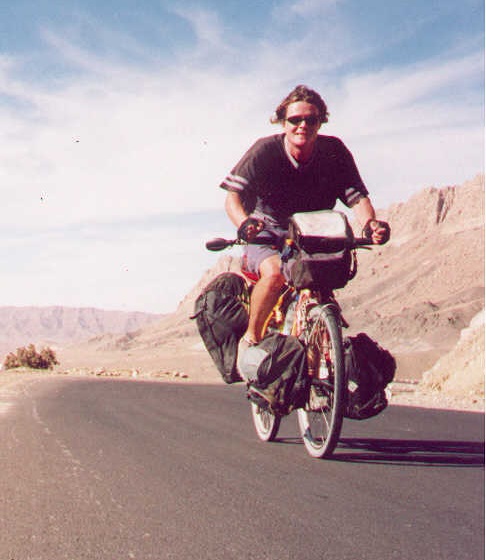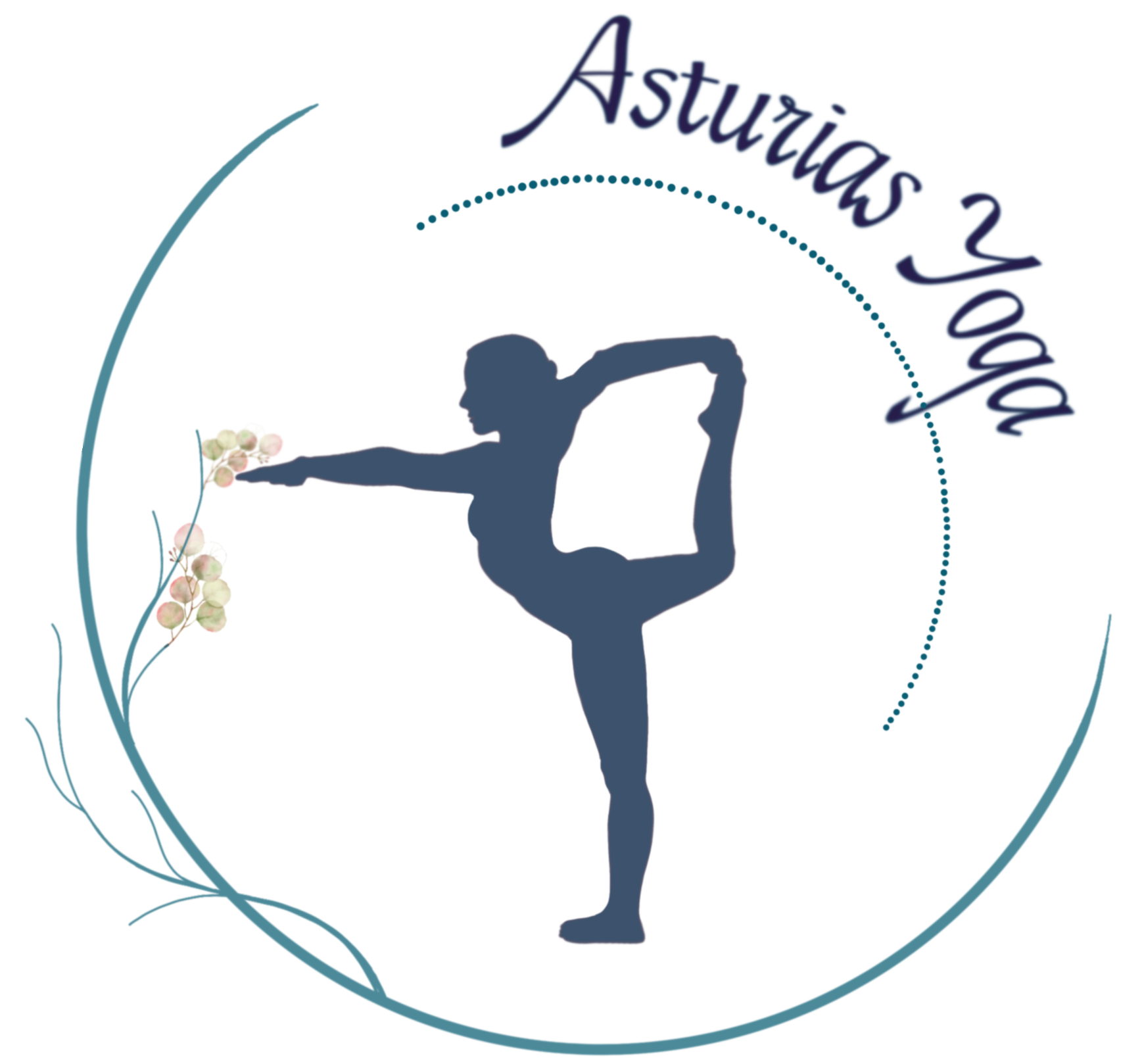If you had told me thirty years ago that I would be a Yoga teacher, I would have laughed at you. It wasn’t on my radar. I studied IT, which lead to a Ph.D. in Artificial Intelligence and a financially successful website business. I found relief in the aliveness of riding a bicycle, a hobby that soon grew to be an obsession. After a while I began racing mountain bikes. In the beginning I raced purely for love of the experience. It wasn’t long before I was national champion, but it soon became about winning and losing, and I realized I converted what I loved in another stress. While on the outside things appeared to be going well, the emptiness of the inner experience was leading me to an existential crisis! What next I wondered? Something was missing but I did not know what. I wanted time out from all of it, time to contemplate.

If you had told me thirty years ago that I would be a Yoga teacher, I would have laughed at you. It wasn’t on my radar. I studied IT, which lead to a Ph.D. in Artificial Intelligence and a financially successful website business. While on the outside things appeared to be going well, the emptiness of the inner experience was leading me to an existential crisis! I found relief in the aliveness of riding a bicycle, a hobby that soon grew to be an obsession. After a while I began racing mountain bikes. In the beginning I raced purely for love of the experience. It wasn’t long before I was national champion, but it soon became about winning and losing, and I realized I converted what I loved in another stress. What next I wondered? Something was missing but I did not know what. I wanted time out from all of it, time to contemplate.
I dropped bike racing and my IT business, cycled from Ireland to India. During 9 solo months, I no longer had the reference of my culture, family or friends, I had no internet device and connections in the places I passed through at that time were very rare. Eight hours a day I would cycle on my own, mostly in silence. I believe that in those long silent solo hours, I discovered meditation, especially during the long featureless desert crossings where there was nothing to observe other than my own mind.
Some years later, I did my first meditation retreat in a Buddhist centre on a quiet mountain in Sri Lanka. I found the experience very similar to what I had experienced on the bicycle journey. I realized that the clarity of mind and peace that meditation can bring was the essence of what I had been drawn to through extreme cycling, and that Buddhist meditation was a more direct route with a tradition and explanation behind it. From then on, meditation became for me the most significant activity of my life.
In the year that followed, I would often try to sit completely still in the forest for 2 hours at a stretch. While that had its benefits, my primary experience was of physical pain. It was a revelation then, when I realized on a visit to India, that Yoga too aimed at deep meditation, and that all of the postures Yogi’s practiced enabled one to sit still for long periods. The postures opened meditation through the development of ease and steadiness in the body (Sukham Sthiram). The postures too could be performed in a meditative way, and it soon became clear that, given the correct attitude, any activity could be transformed in meditation. I then became fully dedicated to Yoga, always with the outlook of deepening meditation. I practiced a number of styles of Yoga for many years, mostly Hatha and Tantra, before finding Ashtanga Vinyasa, which I chose for the challenging and exciting nature of the practice itself.
For 10 years I practiced what is known as the Full Tapa, i.e. a full Ashtanga Series 6 times a week without fail. In the beginning it felt like an adventure, and that itself lifted me. But after many years I reached a plateau, I was no longer making new discoveries in my body and often got through the sequences by will power alone. Then Covid struck. I was no longer able to teach or travel to India to practice with my own teacher. With a strong aversion to “online” Yoga, I found myself practicing alone for two years. With no-one to command otherwise, I drifted, spending more time trying new things and often doing asanas that had that sense of novelty and adventure. Making sure I included all the important elements of an asana practice, and did not avoiding my weaknesses, I created what for me was the most inspiring sequence possible. The same sense of excitement and awe that I had experienced beginning Ashtanga so many years earlier, returned. After Covid, when I finally went back to practicing the strict Ashtanga sequences in classes, I found it flowing more easily than before. I had broken through a lot of previous barriers, above all the barrier of belief in my own limitation. I decided to name my new way of practicing Saoirse Yoga. Saoirse is now my daily practice and a longing to share it has grown in me.
If you are new to Yoga, it is possible to start directly with the Saoirse method. If you are an Ashtanga practitioner, the method will be easy to understand and you will likely it a way to re-ignite flagging enthusiasm, or a fast track to advancing in the Ashtanga Vinyasa Series. Using the metaphor of music, I like to think of the fixed Ashtanga sequences as the scales. Mastery of the scales allows us to focus on our own music. That music in Yoga, is Saoirse.
Come and find out for yourself!
26-31 May 2025 Saoirse Yoga Meditation and Rewilding (with me, Simon Loughlin)
